Global wealth thus becomes a burden on capital. And states use their power to reserve the remaining sources of growth for domestic companies.
Global wealth thus becomes a burden on capital. And states use their power to reserve the remaining sources of growth for domestic companies.
By Stephan Kaufmann
US President Donald Trump has declared Wednesday “Liberation Day.” The next major round of import tariffs is scheduled to take effect on Wednesday, intended to free the US economy from pesky competition. Trump’s trade war against the rest of the world offers some insight into the state of the global market.
With tariffs, the US government is making imports more expensive, making it more difficult for foreign competitors to sell in the world’s largest market. Additional tariffs of over 25 percent on imports from Canada and Mexico have already been agreed upon; the British “Economist” called this the “most extreme and dangerous act of protectionism in a century.” In addition, there are further tariffs of ten percent against China, a 25 percent tariff on steel and aluminum exports from around the world, and this week another 25 percent tariff on imports of cars and car parts was imposed – permanently. Should affected countries like Canada or the EU respond with counter-tariffs, Trump warned, further measures would come into force.
The EU as part of the “dirty 15”
The “reciprocal” tariffs have been announced on April 2nd. They are intended to put what Trump calls “unfair” trade relations with the most important importers on a new footing. According to Commerzbank, the initial focus will be on what US Treasury Secretary Scott Bessent calls the ” Dirty 15″ countries, including the EU, China, Japan, and South Korea. “The US apparently wants to calculate a tariff rate for each country that takes into account not only the tariffs levied by trading partners on US goods, but also non-tariff trade barriers such as import quotas,” explains Commerzbank. “In some cases, even value-added tax is considered a type of tariff on imports of US goods.”
The term “reciprocal” suggests fairness, explains the Peterson Institute for International Economics, but US policy is anything but fair. “A more accurate characterization of the approach would be: arbitrary unilateral tariffs imposed without any reference to existing World Trade Organization commitments or free trade agreements.”
Not only the US’s competitors are likely to suffer from the tariffs, but also the US economy itself. They make imports more expensive and increase inflation. US corporations that outsource production to cheaper countries are also affected. Furthermore, US policy is making global business uncertain for companies. There are warnings of a “Trumpession,” a recession in the US. Capital is grumbling: According to a new survey, 85 percent of all US CEOs oppose Trump’s tariff offensive.
What goals does Trump pursue
But the US government is willing to accept this. For them, tariffs are the price they impose on their society to achieve various goals: government tariff revenue, harming foreign competition, protecting domestic industry, opening foreign markets, and relocating production facilities worldwide to the US. Added to this are foreign policy goals such as disciplining Venezuela or hindering China’s rise. Whether the US succeeds in this or not remains to be seen. In any case, the trade war is a sign of the state of the global market.
“Free” world trade, in which success is simply a matter of prices, costs, and returns, is apparently no longer viable for the US – too large a share of its profits is generated abroad. Trump wants to reverse this. With his tariffs, he is blocking foreign competitors’ access to the US market and thus to a large part of global demand. This is indeed currently the “scarce commodity.” The supply of goods is overabundant: There’s too much of everything, from electric cars to solar panels to computer chips.
“April 2nd is Liberation Day, I’m looking forward to it.” Donald Trump, US President
Signs of overproduction are ubiquitous: Companies complain about a lack of demand and underutilized production capacities, leading to price wars in many industries. One consequence: waves of bankruptcies. According to Allianz Research, global insolvencies are expected to rise by 10 percent in 2024. A further increase of 11 percent is forecast for the US this year, and between 10 and 17 percent for Germany and Italy.
Growth – at the expense of others
The USA, like all other countries, has concluded that they must produce more precisely because of overproduction. Because everyone needs growth. They are therefore acting according to the motto of former BMW CEO Eberhard von Kuenheim: “There are too many cars in the world, but too few BMWs.” In order to achieve the desired growth, competitors must be harmed in the face of the lack of demand – growth is no longer available for everyone. Therefore, the “competitiveness” of domestic companies is being strengthened everywhere.
The US can use trade restrictions as a weapon because almost all countries need it as a sales market. Trump’s tariffs are intended, on the one hand, to reserve domestic demand for US companies. On the other hand, they serve as leverage to ensure that other countries open their markets, and their demand becomes a source of growth for US capital. In this way, Trump aims to shift the impending devaluation of capital—including in the form of corporate bankruptcies—to foreign countries, thereby securing American jobs. Global overproduction demonstrates that too much work has already been done worldwide—too much compared to the demands of growth.
Global wealth thus becomes a burden on capital. And states use their power to reserve the remaining sources of growth for domestic companies. This leads to economic warfare – and rearmament. “The outlook for the global economy,” summarizes the major Dutch bank ABN Amro, “is clouded by the growing risk of a recession in the US and Europe’s growing military spending .”
This article was published previously in the German daily newspaper Neues Deutschland here. Translation from German by UWI.
Cover photo: AFP/FREDERIC J. BROWN



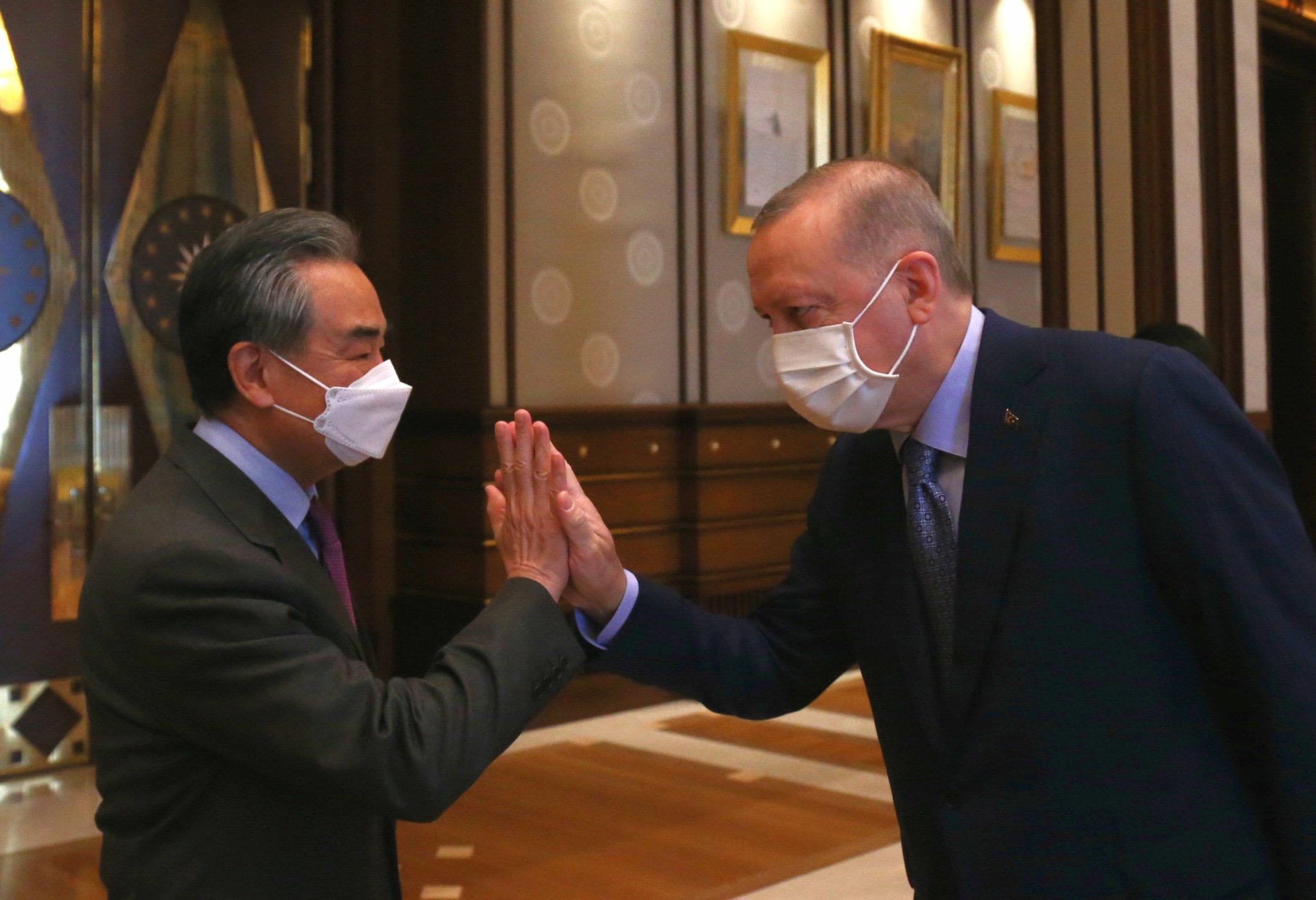






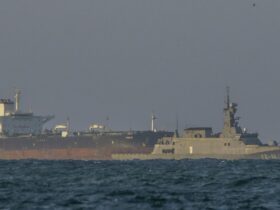


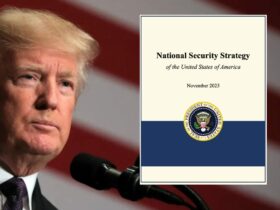
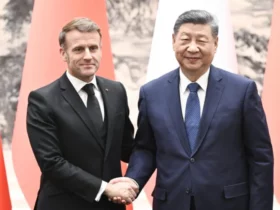

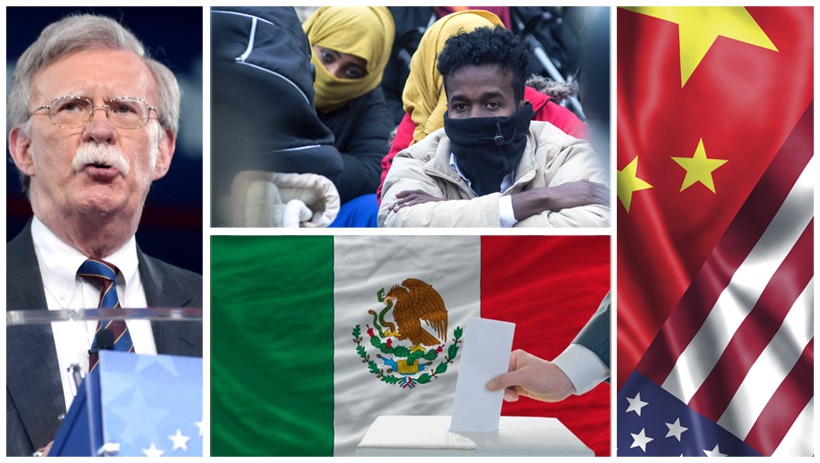
Leave a Reply